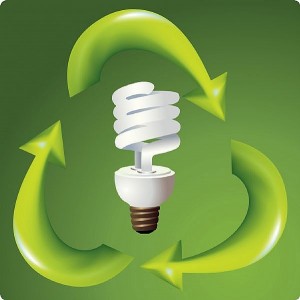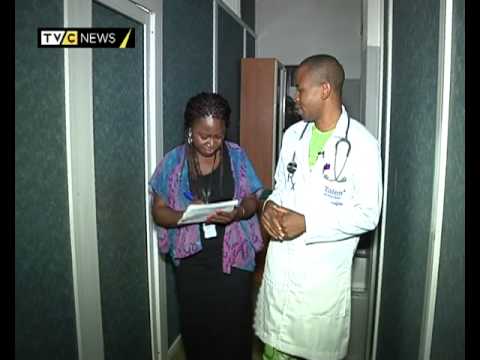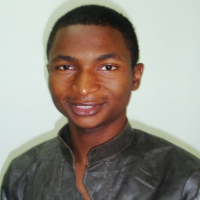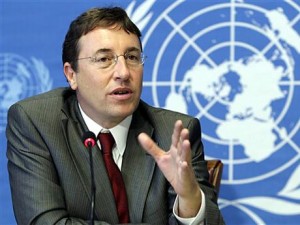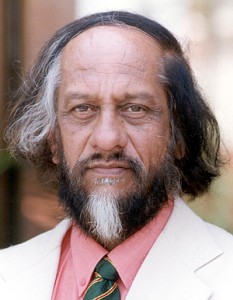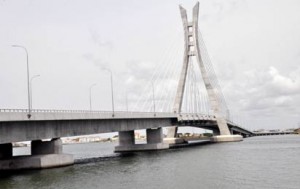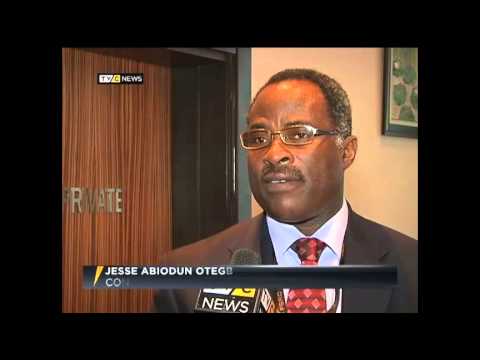The impact of climate change in Nigeria is associated with weather-related disasters, which have become more frequent in recent decades. The nation’s natural and agricultural ecosystems are susceptible to the effects of climate change and these vulnerability factors underline the need to respond to the challenges of climate change in a comprehensive and systematic manner, while addressing broader development priorities.
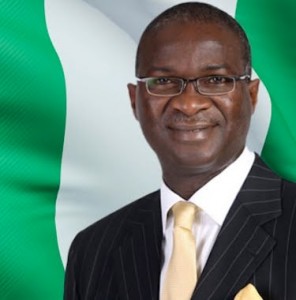
Consequently, the Policy Advocacy Project Partnership on Climate Change (PAPPCC) undertook a Climate Change Mapping exercise in 10 constituencies from five local government areas (LGAs) in Lagos State. The venture is regarded as a response to climate change adaptation employed to provide information about potential impacts from temperature variability, flooding, storm surges and irregular rainfall on some selected prone areas in the state.
The LGAs are Badagry, Epe, Eti-Osa, Ibeju-Lekki and Ikorodu, and their selection was based on the researchers’ engagement with the members of the Environment Committee of the Lagos State House of Assembly (LAHA). Findings show that increasing temperature is the most worrying climate change challenge in most of the communities being studied, with flooding, storm and irregular rainfall following in that order.
The survey reveals that a lot of awareness is needed at the community level as many people see changes in their environment as “an act of God” and so nothing can be done about them. It also reveals that while there are still some scientific gaps in knowledge about climate change, current evidences about the reality of the problem are enough for policy makers to take decisions.
Evidences, it adds, show that while various sectors of local economies are susceptible, climate change impacts human rights, including the right to life and physical safety, health, food, water, means of subsistence, property, housing and shelter, development, culture and a healthy environment.
While tree planting was observed in some communities, gender is considered an important factor in determining people’s vulnerability to climate change, which impacts agricultural productivity and results in food insecurity.
Similarly, climate change affects water availability, quality and quantity of potable water in most of the communities, even as temperature variability impacts were reported as posing the most worrying climate change issue in all constituencies.
Further, the study observes that climate change: contributes greatly to increasing health problems; manifests in flooding in low lying coastal areas; and affects infrastructures. Additionally, deforestation and other forms of environmental degradation are widespread in the constituencies, therefore reducing the role of ecosystem in moderating carbon cycle.
Typically, many residents depend on electricity generators for cooling which is also an adaptation option to effects of high temperature. Rain-fed agriculture is widely practiced in the communities.
The study wants the authorities to put in place a climate change adaptation communication and outreach strategy with the objective of enabling a level of understanding that will allow all stakeholders to participate actively in climate change adaptation.
It likewise recommends that government should strengthen the adaptive capacity of communities by providing information and technical know-how, facilitating access to micro-credit and other measures.
The need to enhance decision makers’ responsiveness to increase sensitivity towards environmental and social changes was underscored. It was recommended that civil society organisations (CSOs) should be empowered to carry out research that will deepen the understanding of communities’ awareness and vulnerability and the status of community adaptation to climate change, and run training programmes on climate change adaptation for communities.
The research underlined the need: for LGAs to develop practical approaches to community-based adaptation to climate change; to include climate change in all local decision making, day-day operations, planning and development, financial systems and human resource allocations; to strengthen health care delivery system at all levels to cope with emergencies; to promote food production, improve food hygiene and water supply at the local levels; to establish flexible institutions to enable quick adjustment to environmental changes; to support communication on climate change across all sectors and levels; for more research based on current observations of weather-related changes in population health; to raise awareness and build capacities by training officials on the implications of climate change for the water sector and adaptation options; and, to promote skills development for the green economy transition.
The study, which is being rounded up, concludes that climate change is a global problem but its impacts are localised and are felt mostly by the vulnerable people residing in the rural areas of the state. It states that viable solutions require the active participation of local communities in formulating and implementing policies, and that adaptive capacity at the local level have worked for centuries and need to be adopted into new policies and strategies that will be put in place to respond to the needs as well as enhance the resilience of the most vulnerable groups in society at that level.
“We realised that inadequate institutional support and inappropriate policies are the major constraint to adaptation, which limit access to much-needed natural resources by communities dependent on such resources for both survival and adaptation to environmental change and climate variability. These policies and programmes should be designed to include local knowledge and inclusiveness as the rural dweller seemed so very remote from the local government,” discloses one of the researchers involved in the project.


